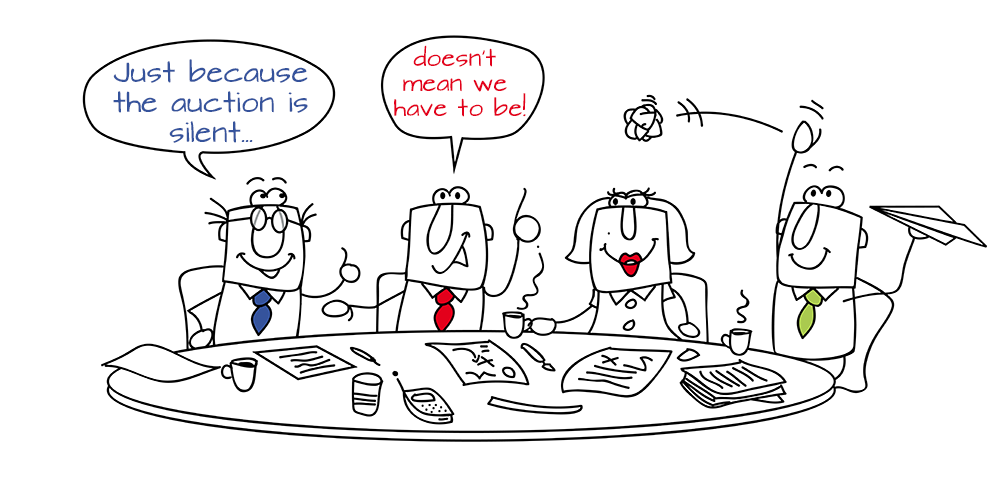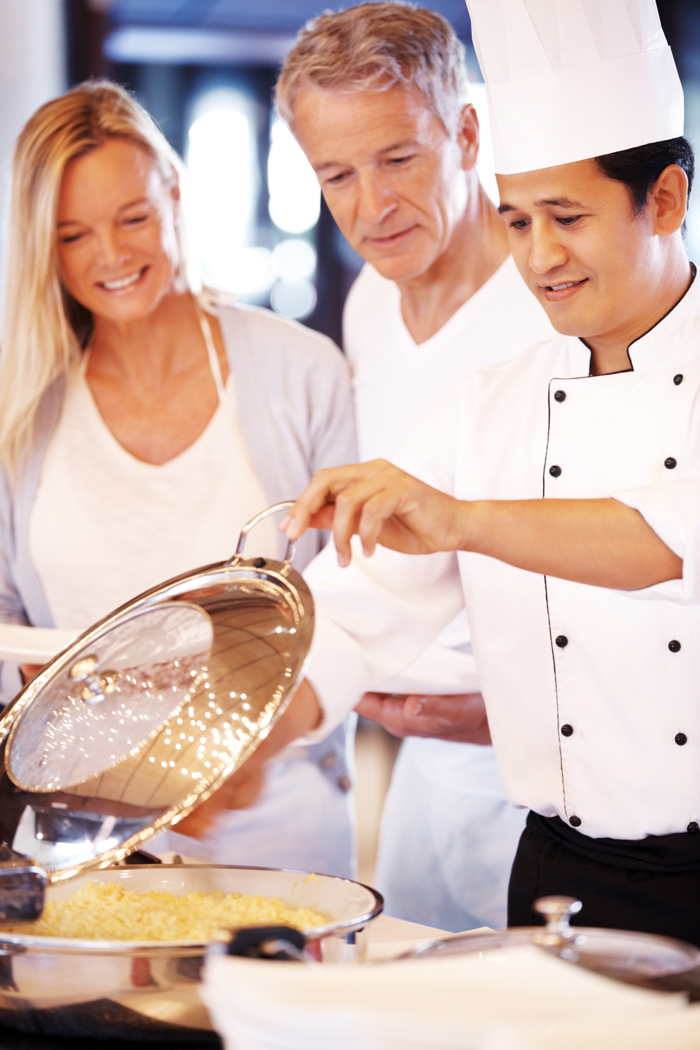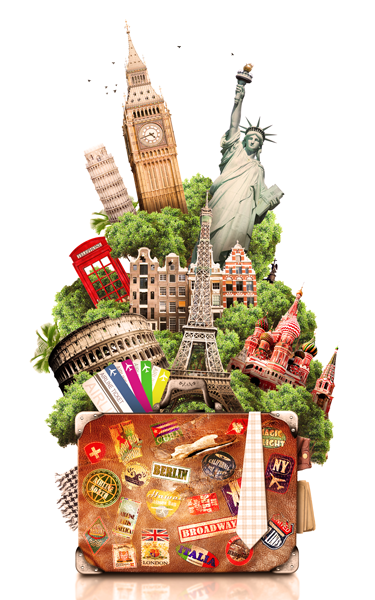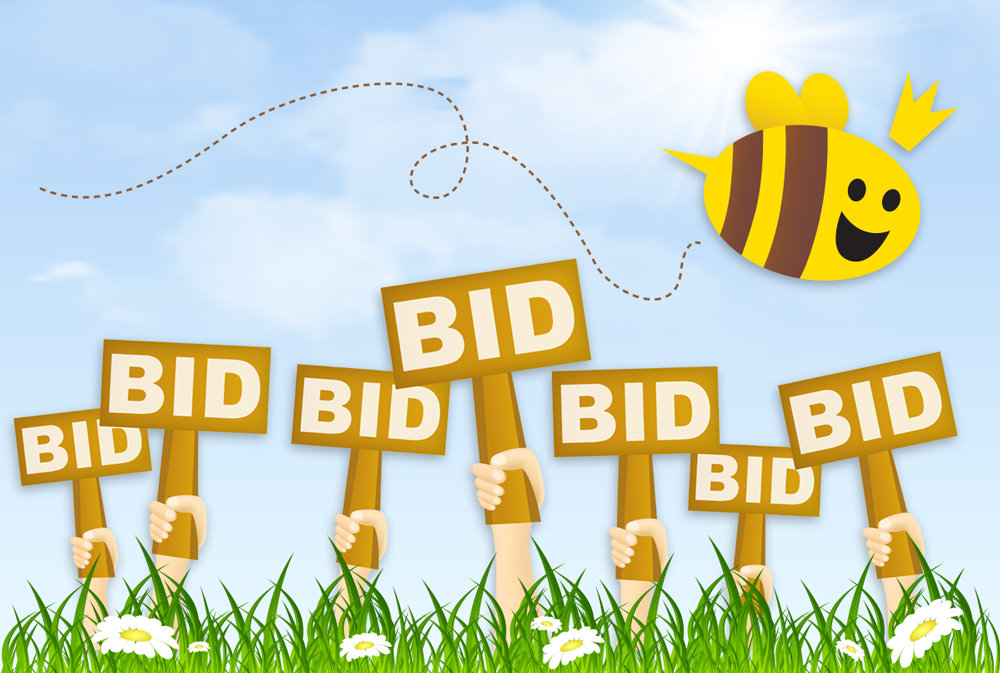We’ve all heard April showers bring May flowers, but those in the nonprofit world know what else spring brings: a peak time for event fundraising. Preparation for galas, raffles and auctions has already begun filling the calendars of many nonprofits.
Auctions in particular can raise significant revenue in a short amount of time, but when it comes to procuring auction items that actually attract bidders, it’s hard to know where to start. The collective sum of trusty auction standbys—think donated gift baskets, restaurant gift cards and jewelry—doesn’t draw in as much revenue as you’d like. Worse, they don’t generate the kind of “buzz” that gets people in the door, and give donors the impression of a “been there done that” event rather than an exciting shopping spree.
The good news: Careful planning and some creativity can help you curate an auction catalog worth talking about. In this post, we’ll review a few essential strategies to set up your auction for success.
Tip #1: Form an enthusiastic, well-informed committee dedicated to auction item procurement.
It can be tempting to task a development coordinator, volunteer manager or even the executive director of your organization with procuring donated items—in addition to everything they’re already doing to get ready for the event.
Instead, consider finding at least 5 to 10 people whose one goal (and one goal only) is finding items that cost little to nothing upfront and are distinctive enough to attract bidding. (The earlier you can form this committee, the better.) You’ll want to choose people who can quickly summarize your nonprofit’s mission and the purpose of the event, even better if they can convey passion, enthusiasm or a personal connection to your cause.
Need ideas for unique, valuable auction items? Click below to download a list of over 400 ideas for items that raise excitement and get bids.
{{cta(‘7199f670-e85c-4b82-88c8-5387edec6821’)}}
Prep committee members with an auction item request letter to drop off with potential donors: one containing a specific ask and pertinent info on the event, your organization, deadlines and contact information. Appoint one committee member as the “auction chair” or point person. Finally, try to meet with the committee and get an update on their progress every 1 to 2 weeks.

Tip #2: Cast a wide—but organized—net.
 Now that an auction committee is in place, get together and brainstorm a full list of contacts who may have access to auctionable items. The main idea here is to leave no stone unturned.
Now that an auction committee is in place, get together and brainstorm a full list of contacts who may have access to auctionable items. The main idea here is to leave no stone unturned.
Start with current and former donors: people who are already familiar with your mission and have expressed interest. From there, work together to come up with a list of local businesses, friends, colleagues and more who are not currently connected with your organization.
Annual events like auctions are prime opportunities to start new relationships and increase awareness of your presence in the community.
Reach out to your host committee; these well-connected business professionals, politicians and innovators may be able to connect you to coveted items and experiences in sports, entertainment and more.
Bottom line: You will be surprised at who responds to your request when given the chance.
→ Expert Hint: Staying organized prevents potential donors from falling through the cracks, and committee members from asking the same person twice. To keep track of solicitations, a collaborative spreadsheet tool like Google Sheets can help. For an easily shared and customizable template (with instructions for use), click here.
Tip #3: Keep the number of items competitive by building item packages.
While one common problem auction committees run into is not having enough items, just as often nonprofits are swamped with too many items of relatively low value. This can water down bidding pressure and decrease the night’s revenue.
So how many items should you aim for? Auctions seem to work best when there’s no more than one auction item for every two attendees. For example, if you’re expecting 150 to 200 guests, consider limiting the number of auction items to 60 or so. When guests know they may walk away empty-handed, those who really want to buy an item to support your cause will be more likely to bid aggressively.
If you find yourself with too many items, try bundling them into themed packages. For a date night, combine a pair of tickets to the opera with a restaurant gift card; for an indulgent treat, pair wine and chocolate with a corkscrew, wine glasses and cheese. Bundling items in an original way can raise the total bid above the combined value of the items themselves.

Tip #4: Seek unique, exclusive items that cater to your local audience.
A big winner at auctions is granting exclusive access to experiences people normally wouldn’t have. This is your team’s chance to get creative and take stock of what’s available in the community.
Imagine securing front-row parking for a year at a popular event venue, an exclusive demonstration from a chef in a favorite local eatery, or front-row seats at the high school’s upcoming graduation.
If the audience can’t put a price on these items, they’re more likely to bid generously.
Tip #5: Offer a few big-ticket experiences. (Bonus points if you can get them sponsored!)

If you want your event to stand out and generate excitement, securing several big-ticket items like travel packages, concerts and behind-the-scenes tours is a great option.
Research shows people prefer spending their money on experiences rather than things, and these highly popular auction items can serve as the centerpiece of your marketing and promotion strategies.
However, while experiences typically generate high bidding interest, they can be difficult to get donated and time-consuming to coordinate.
One no-risk option: using a trip or experience from a consignment travel provider like Winspire. You only purchase the trip if the winning bid exceeds the minimum (profitable) bid you set, and all the booking details are taken care of by professionals—making the trip a better experience for everyone involved. An added bonus: Unlike donated items, consignment travel packages can be sold multiple times, exponentially and easily increasing your revenue.
To maximize the benefits of these standout items, consider asking vendors and individuals to underwrite the cost. If you can get a sponsor to cover the cost of a weekend getaway or red-hot concert tickets, the organization pockets 100% of the winning bid.
{{cta(‘7a384153-9a97-48ca-b351-1366b97ddf5d’)}}
Plus, you can make the donor feel extra-appreciated by recognizing them in a live auction or displaying their name prominently on the silent auction bid sheet for their underwritten item.
Procuring the right auction items adds value and credibility to your event, raises more money and helps your organzation stand out in the crowded fundraising space. We hope this post provides some guidance for what can be a time-consuming, detail-oriented process.
And today we’ve only scratched the surface. For a step-by-step guide to item procurement with loads more tips, templates for donation requests and more, click below to download our eBook, An Introduction to Procuring Quality Charity Auction Items.
{{cta(‘8ee7d503-c9ba-4b63-83cd-0d389f063597′,’justifycenter’)}}


